English version
Hello travellers. This time I invite you to visit the Castillo de la Real Fuerza, located in the historic centre of the legendary Havana, next to the Plaza de Armas. This fortress is one of the infrastructures that constituted the defensive system of the city at a time when pirate and corsair attacks were in vogue. This construction is considered an outstanding exponent of the military architecture of the times of Spanish colonial rule in the Caribbean region. Its construction began in 1558 under the direction of the engineer Bartolomé Sánchez and lasted almost two decades. In 1762, when Havana was taken by the English army, the fortification withstood the attack despite its location further inland from the entrance channel to the bay. From then on it proved its effectiveness as one of the organisational centres of the city's defence, making it, together with the Morro Castle, one of the main bastions in that battle. After intensive restoration work in 2008, it was inaugurated as a museum with valuable exhibits.
From an architectural point of view, it is striking for its perfect symmetry, which was characteristic of the 16th century renaissance. Seen from the ground plan, it has the shape of a square divided into nine equal parts topped by four bastions, inside which there is an inner courtyard. These four bastions were also the watch and attack points. I was struck by the thickness of the blocks with which this fortress was built, as well as the perfection of the cuts and how they fit perfectly into each other. The construction is surrounded by a moat filled with sea water and its access is by means of wooden bridges, which was a strategic system against the possible attack of enemy troops.
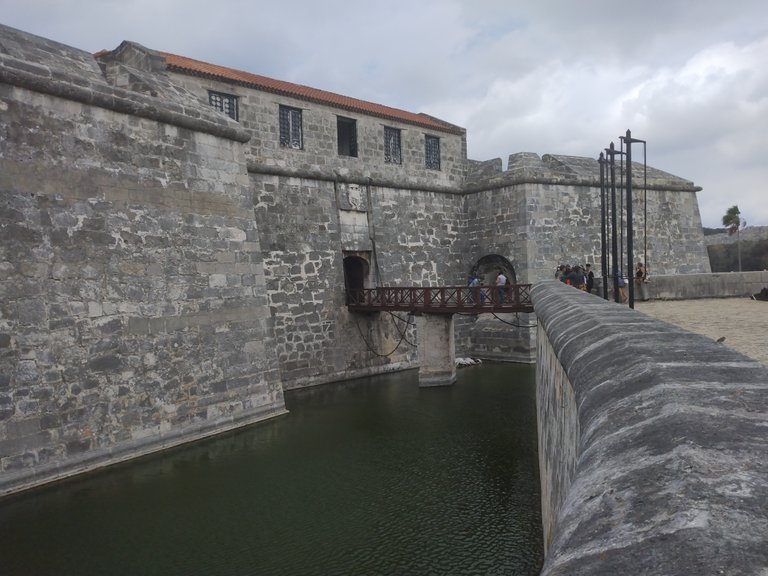
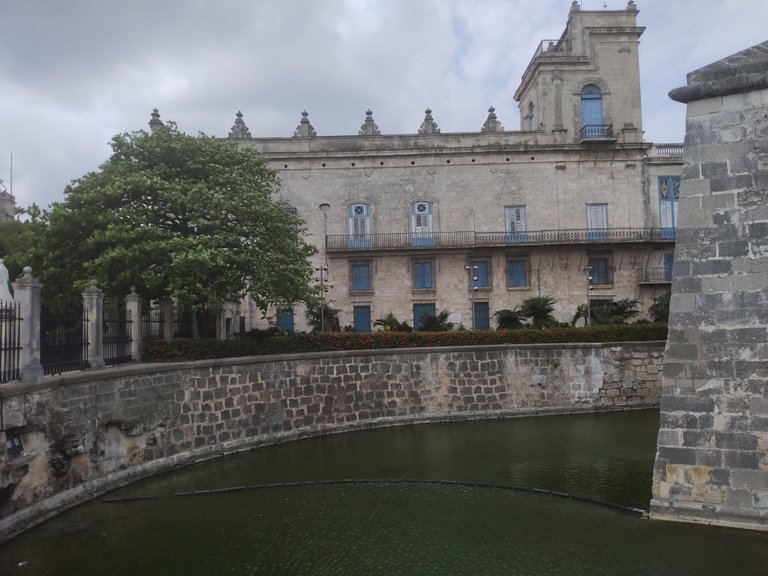
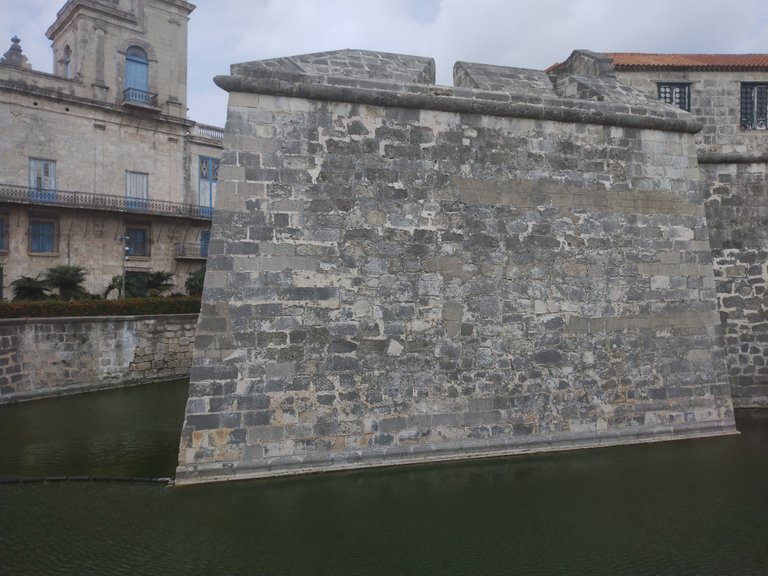
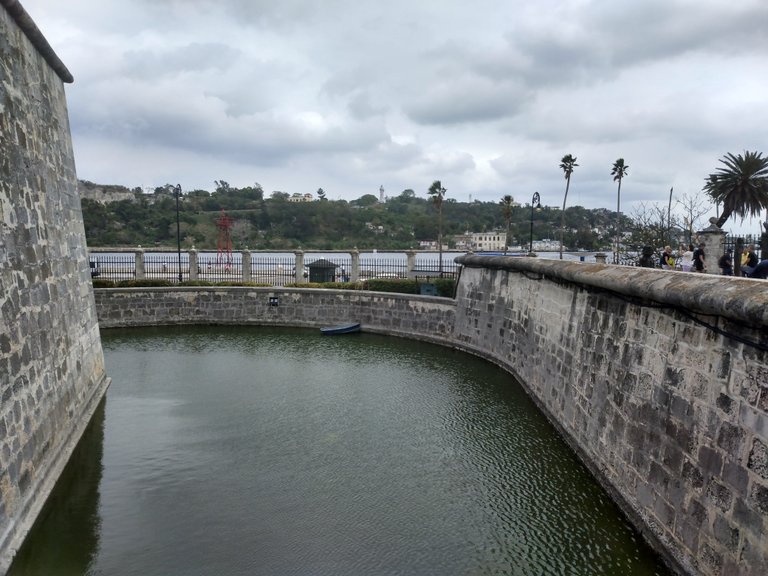
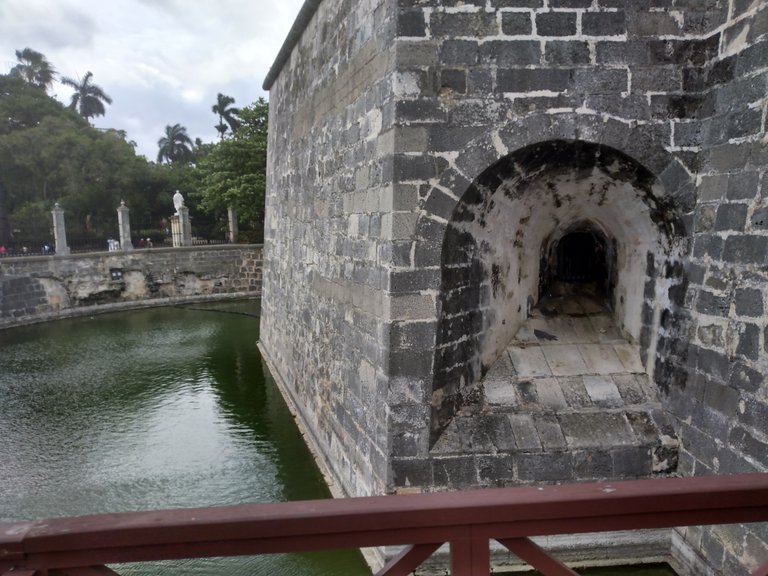
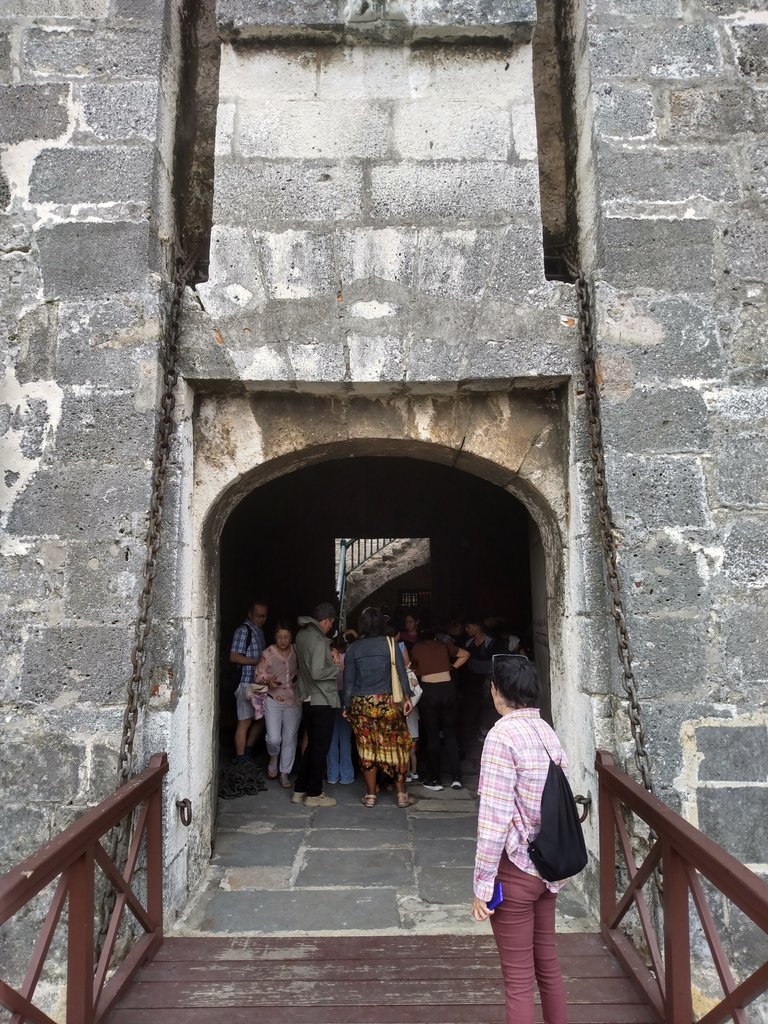
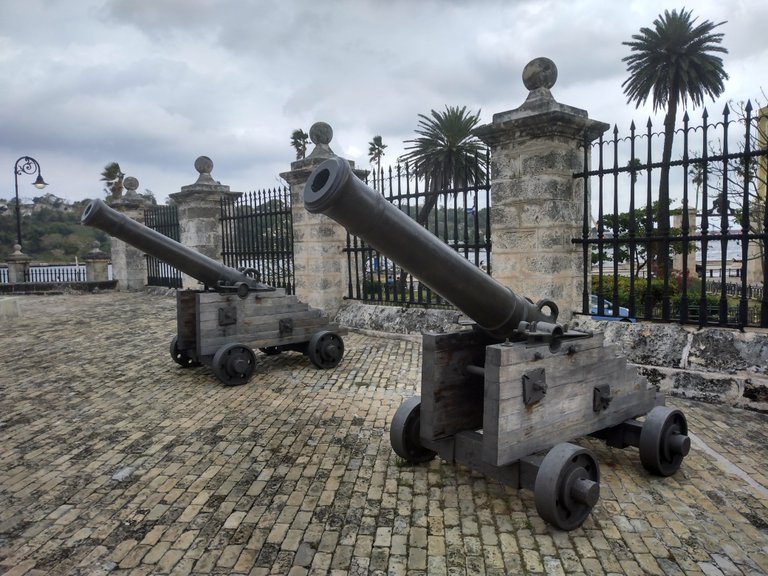
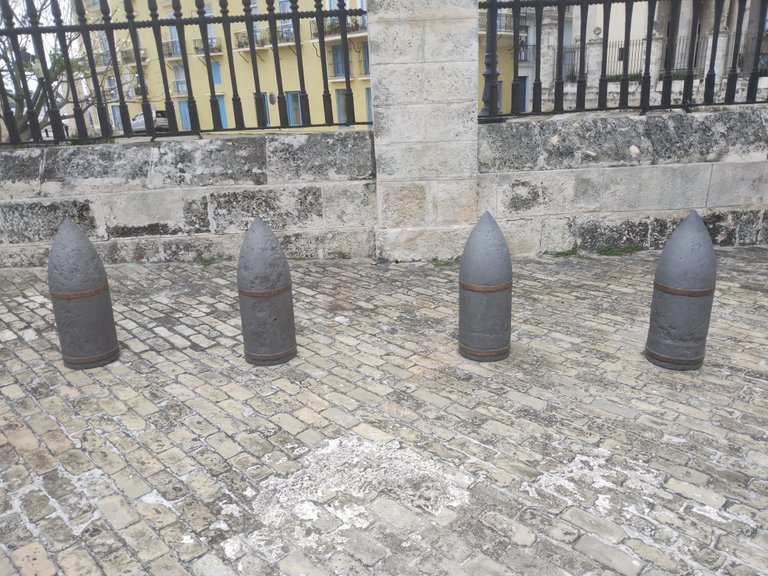
Model showing the visitor the general layout of the castle.
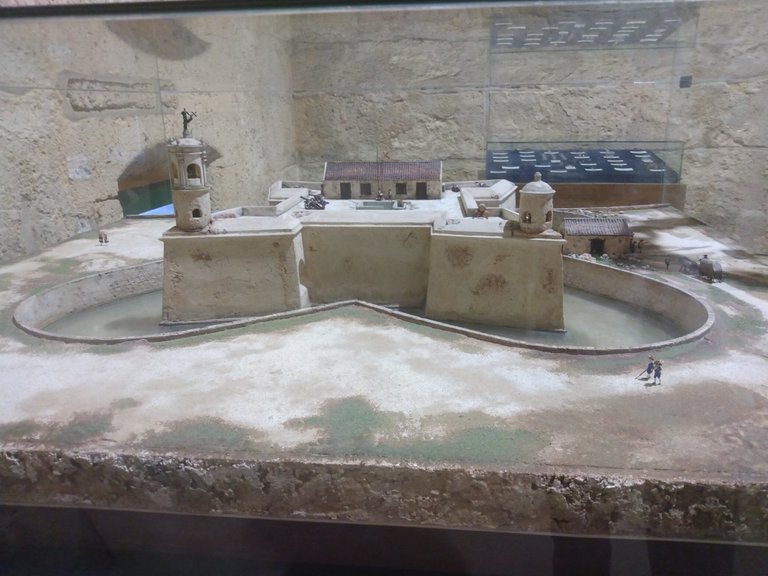
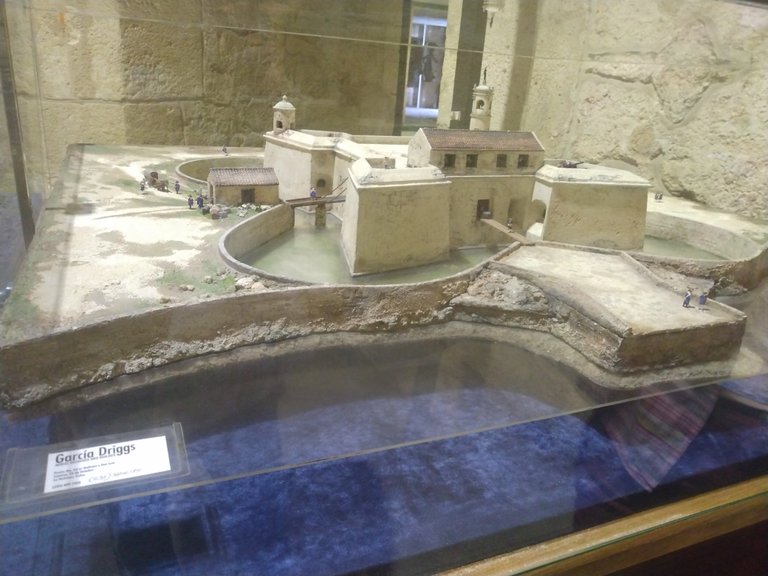
Once inside, the first thing we see is a statue of the Giraldilla and a bell, both made of bronze. The Giraldilla is one of the most representative symbols of Havana, and the oldest. It was commissioned to be cast by the Havana sculptor Jerónimo M. Pinzón by Governor Juan Bitrián de Viamontes between 1630 and 1634. Originally, this sculpture crowned the tower of the fortress (known as Torre-Campanario), but in 1926 the city was hit by a powerful hurricane that tore it from its pedestal. The one that can now be seen on the castle tower is a replica.
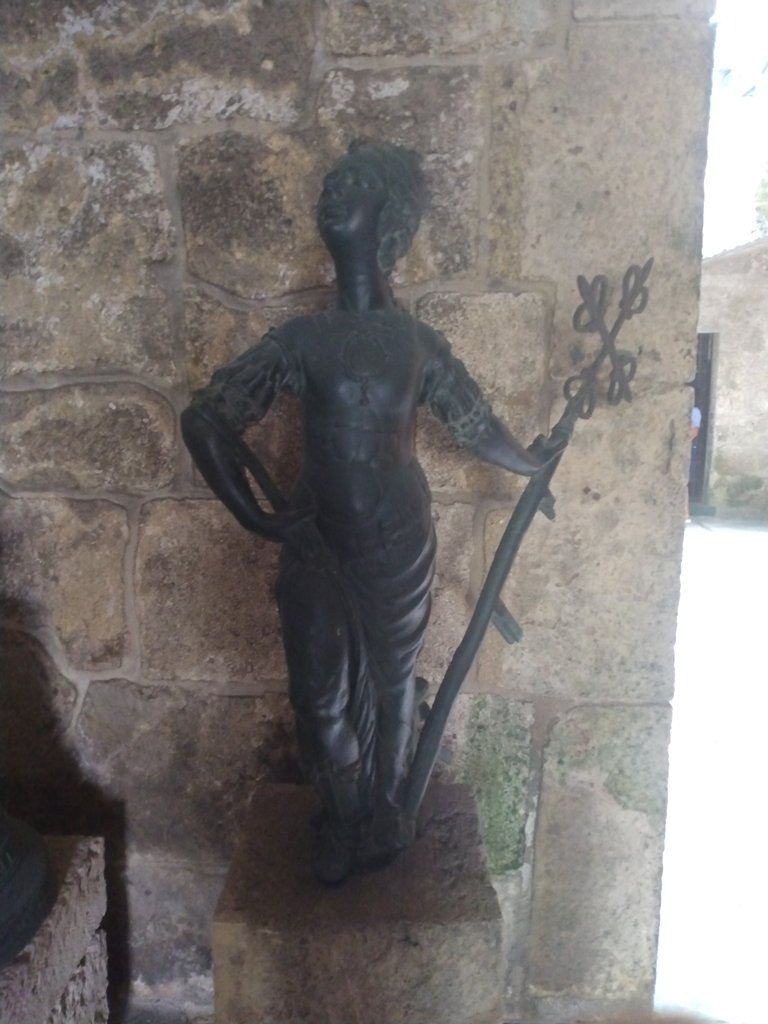
Right next to the Giraldilla is a bronze bell that was located in the aforementioned tower and dates back to 1644.
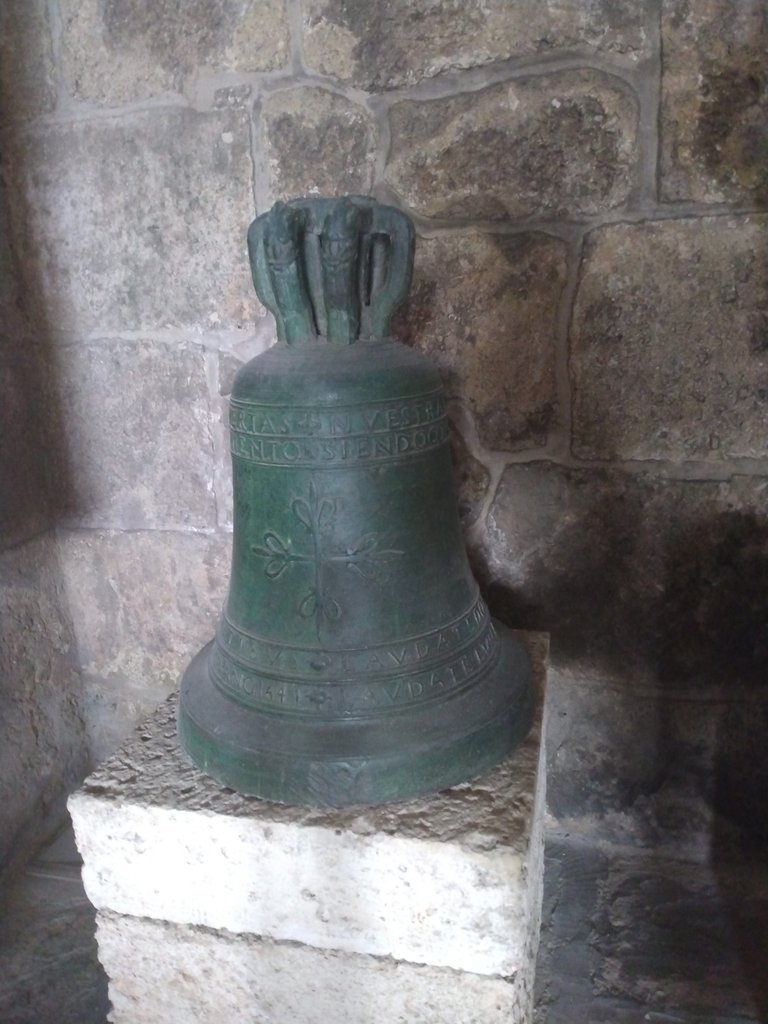
Here we also have a collection of model ships, among which the ship of the Holy Trinity, launched at the Royal Shipyard of Havana in 1769 and known by the nickname of ‘’El Escorial de los Mares‘’ (The Slag heap of the Seas), stands out. At the time, this vessel was the largest ship of the line in history, and one of the most controversial. It had as many as 140 gun ports.
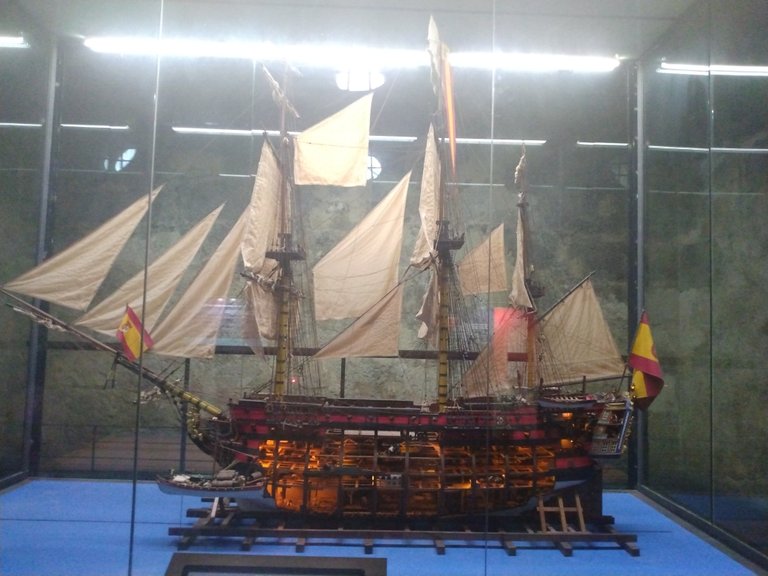
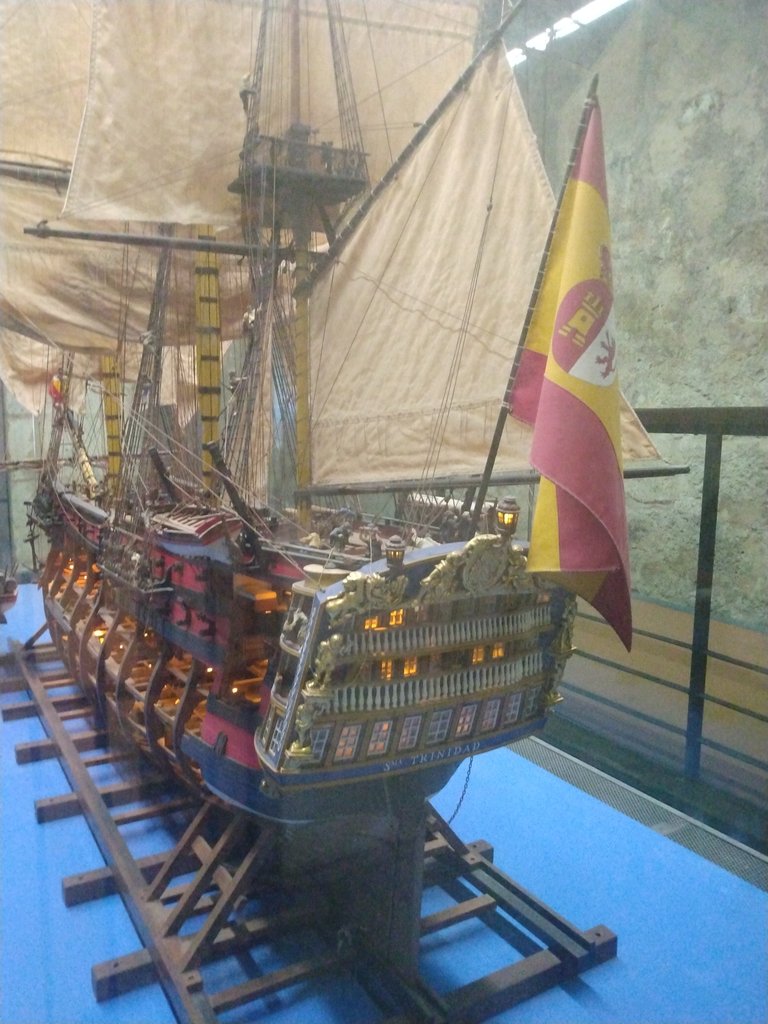

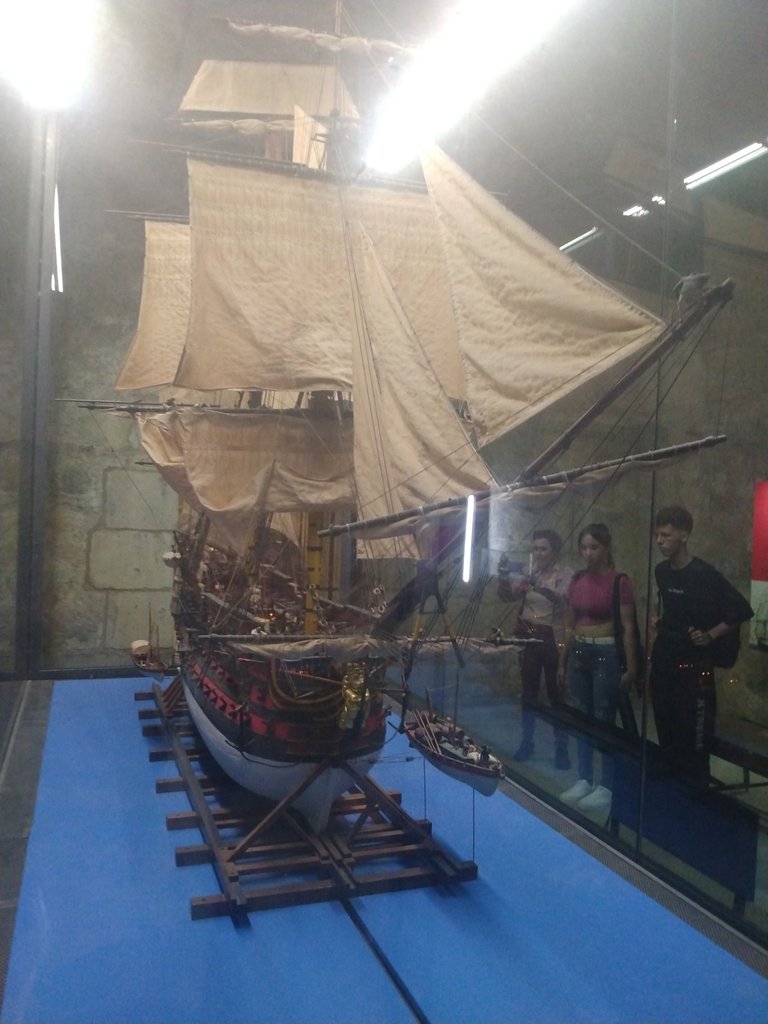
There is also a model of Admiral Horatio Lord Nelson's flagship at the Battle of Trafalgar. She carried 100 guns on three decks and was manned by about 850 men. It suffered the ravages of the powerful artillery of the Holy Trinity shown above.
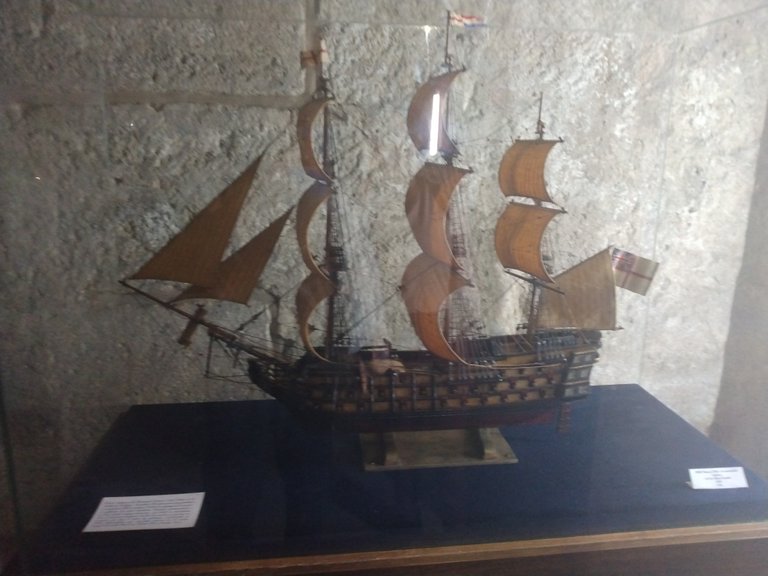
Models of the three caravels of Christopher Columbus. La Niña, La Pinta and La Santa María.
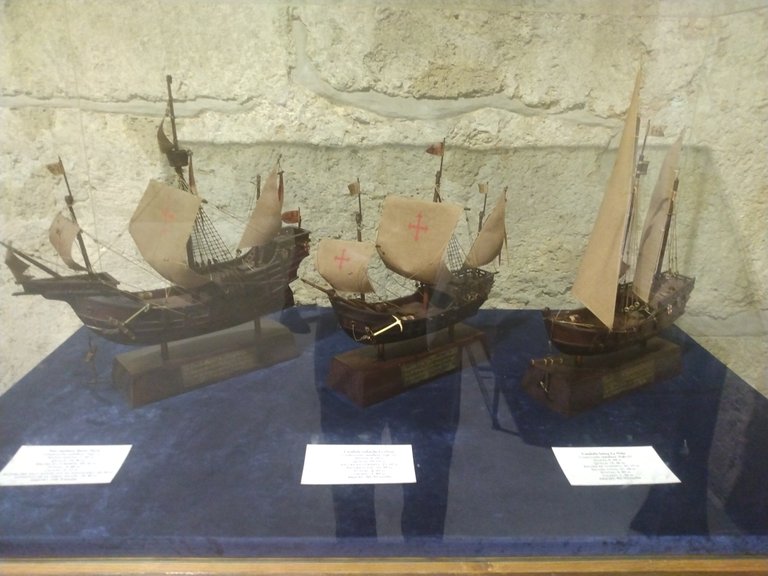
Other pieces belonging to the old vessels.
Telescopes and binoculars, important instruments for orientation at sea.
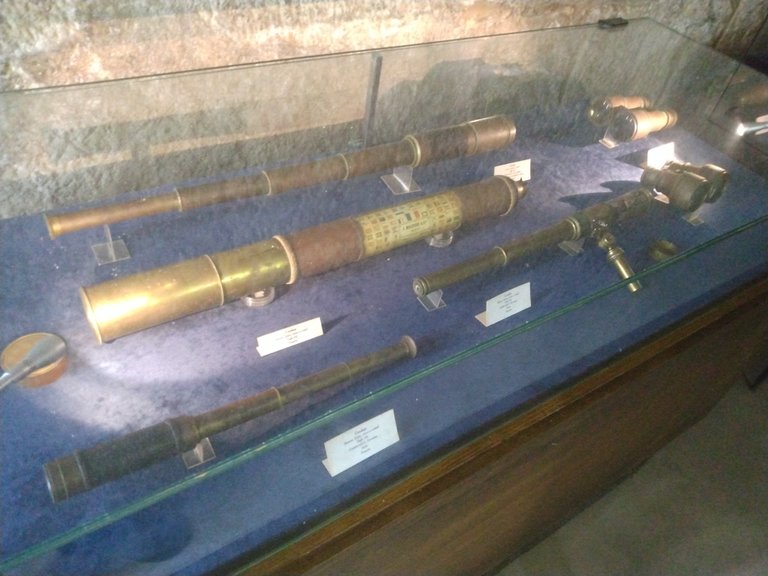
The main instruments in the shipowners' cockpit.
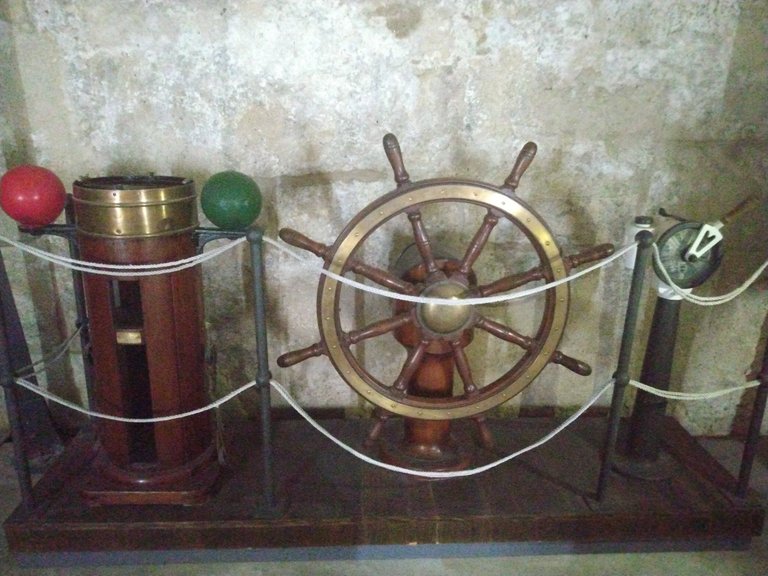
Deck ornament of a ship, representing a parrot, made of wood and dating from the 18th century.
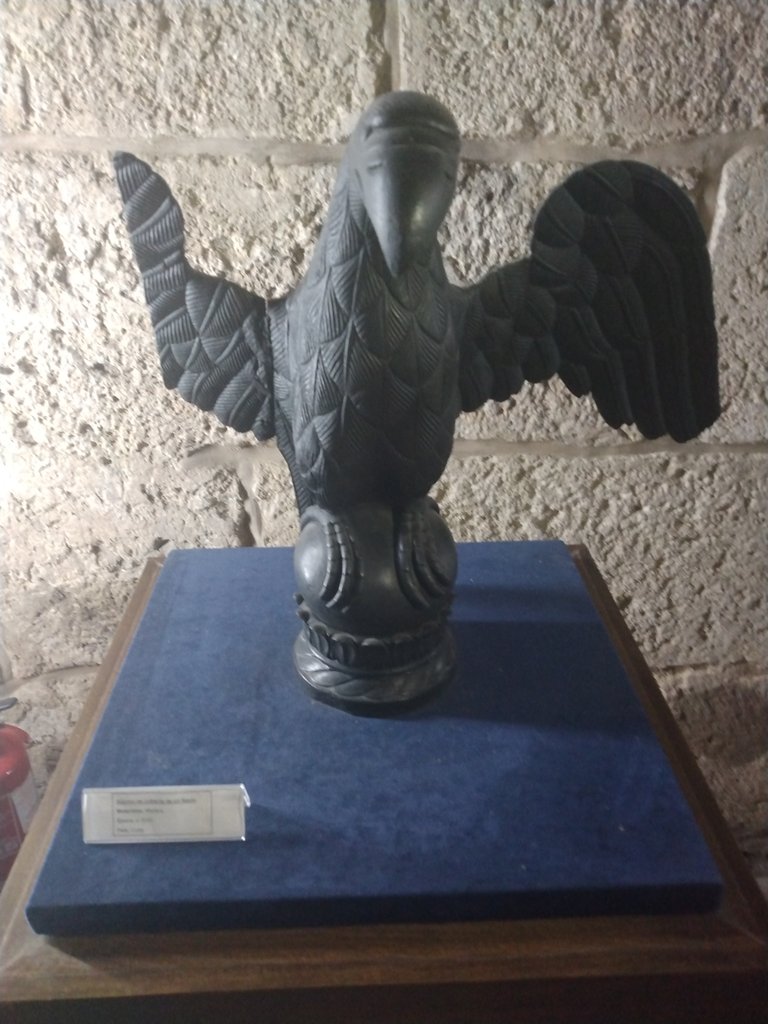
In other of its rooms are preserved the materials used by the aboriginal population to build their boats, the well known ‘’Canoe‘’, made from the trunk of a tree. Its dimensions varied according to the size of the felled tree. The trunk was excavated with rustic instruments such as lithic petaloid axes and shell gouges, then the wood fibres were burnt and crushed.
Lithic petaloid axes and shell gouges.
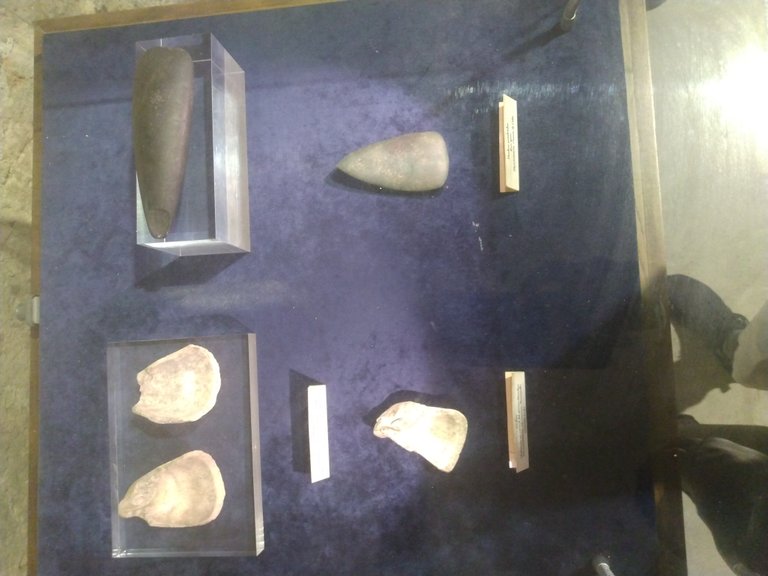
Canoa.
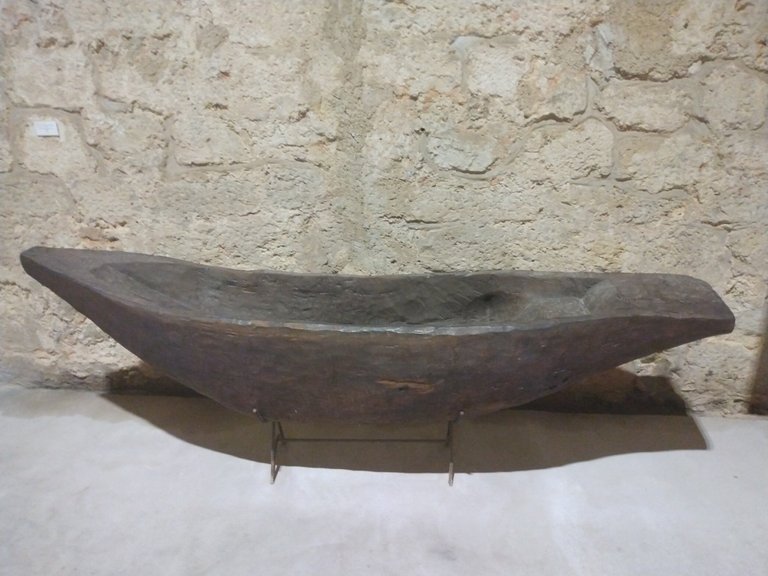
As a lover of minerals and stones I was very interested to know the use that was given to certain minerals and rocks such as the quartz fragments (spark stones) that were placed in the weapons to produce the spark for the shot.
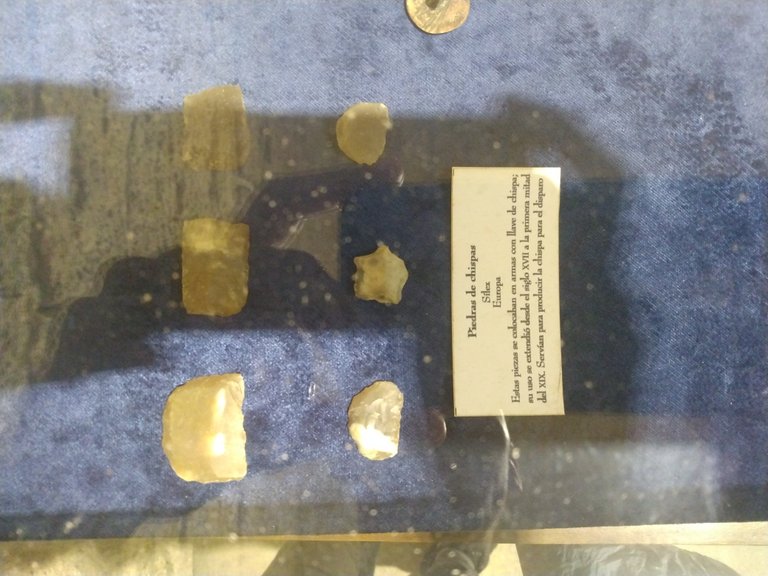
Smoking pipes made of kaolin are also preserved.
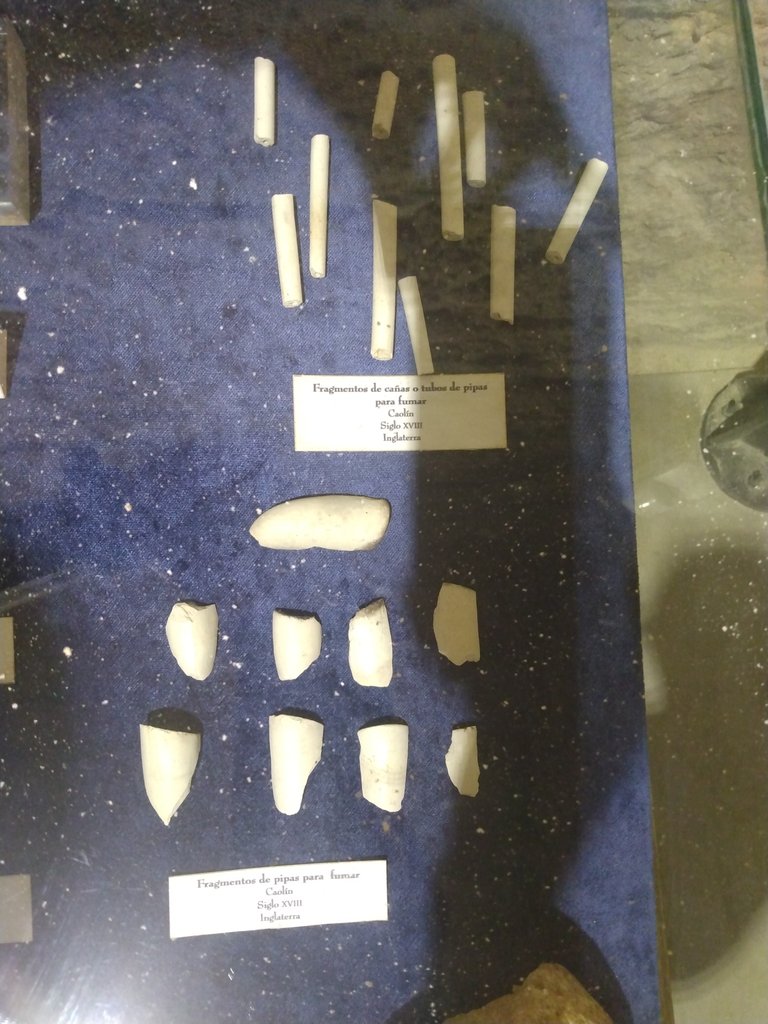
Collection of cannonballs made from rocks.17th century.
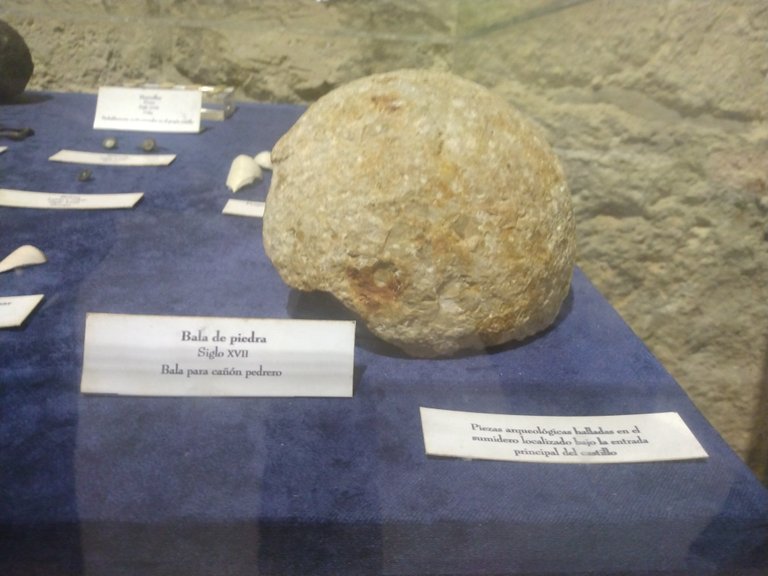
Cannonball collection.
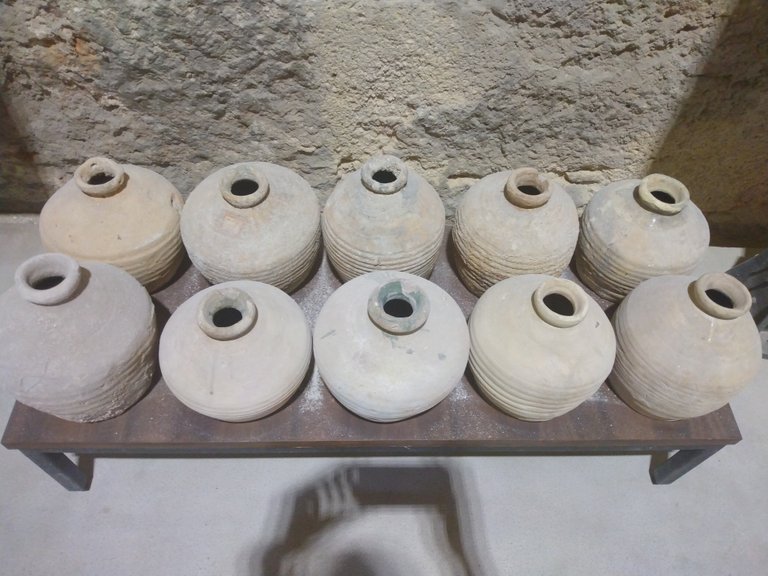
Bullet part showing its internal structure.
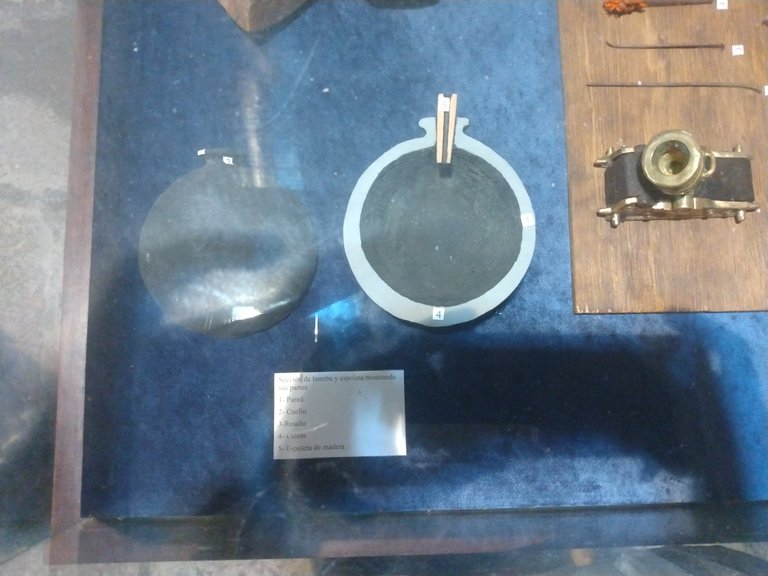
14-inch cylindrical mortar and gun set in 1/16th scale.
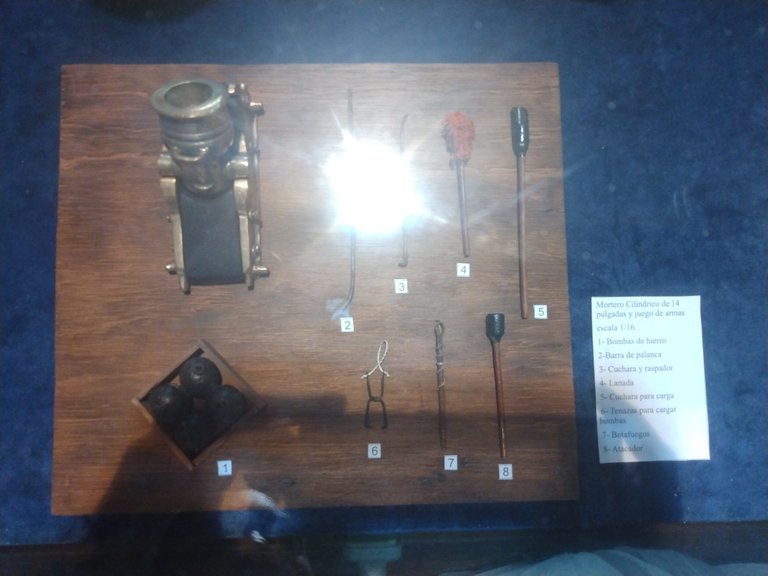
Morrion, or iron helmet worn by Spanish soldiers.
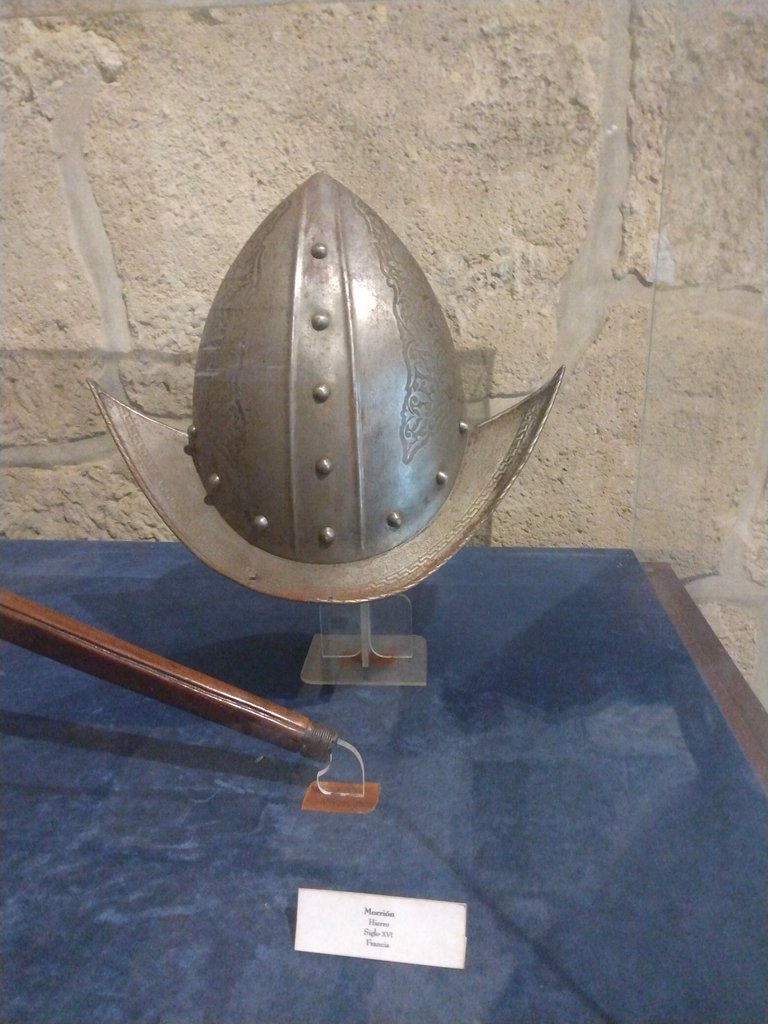
Crossbow.
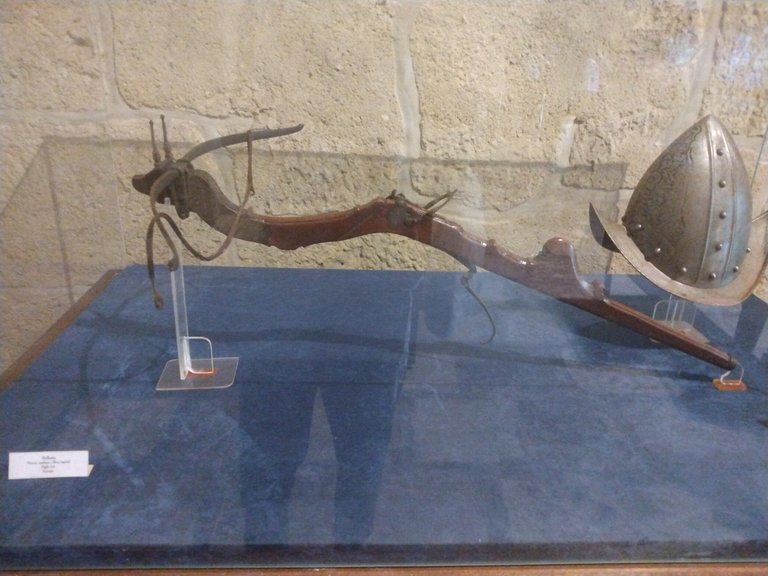
At the top of the castle there is a beautiful panoramic view of the entrance channel and the interior of the bay of Havana.
And with these views we conclude our virtual tour of this interesting site, not without first urging you to visit it at some point. Thank you very much for your time and see you in the next tour unravelling the beauties of the Cuban capital. Best regards.
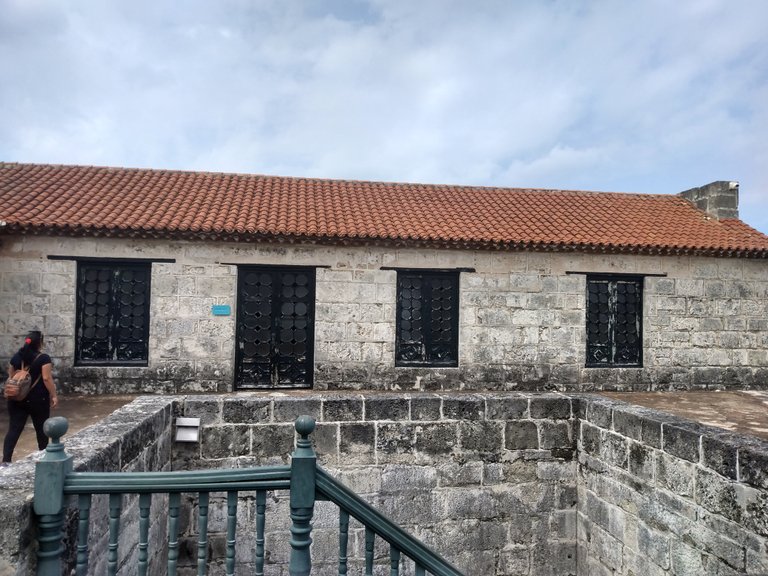
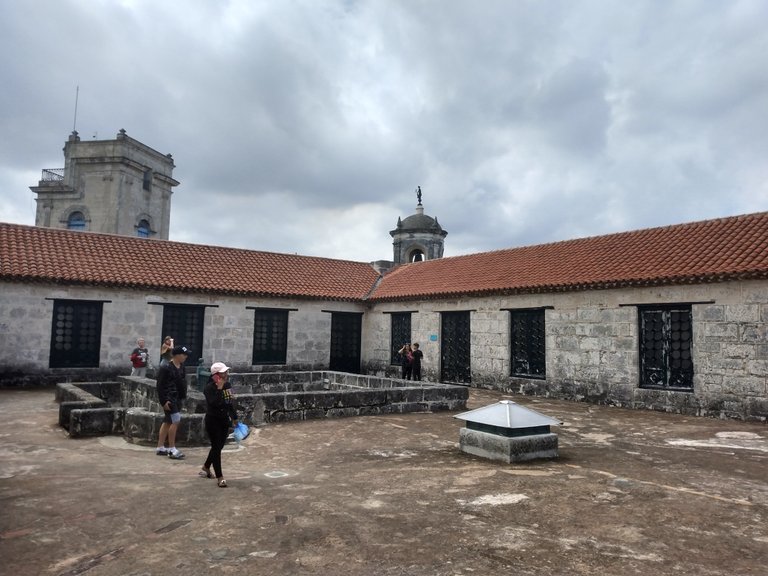
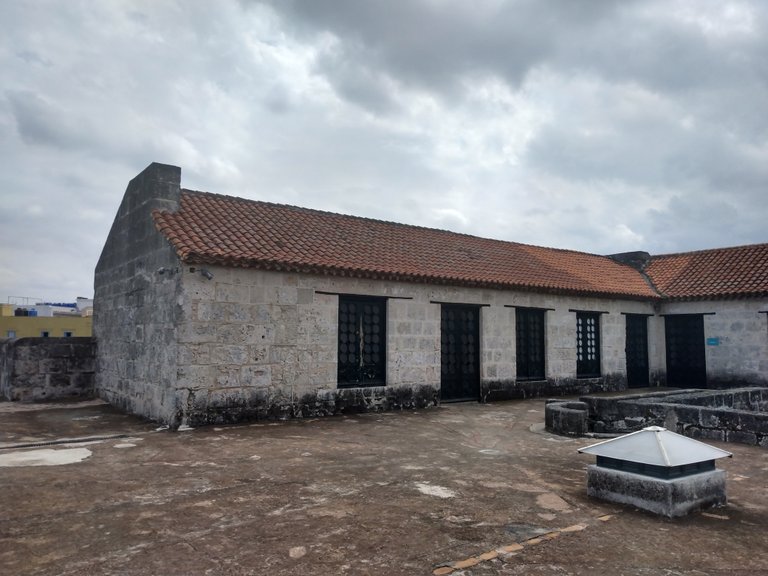
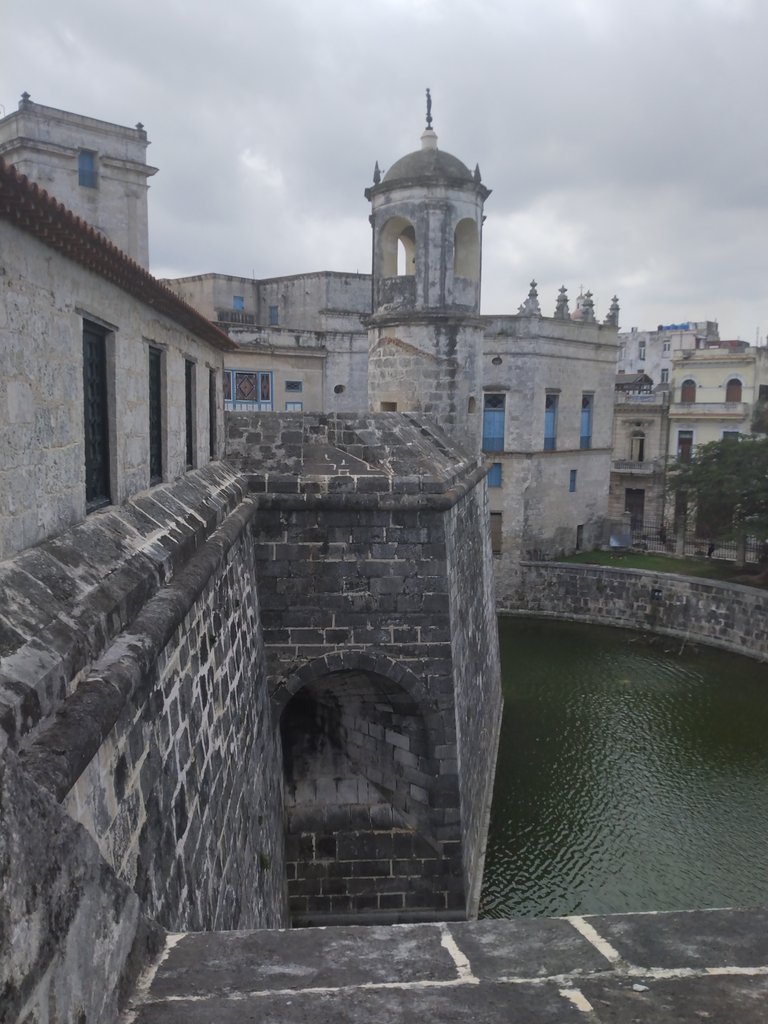
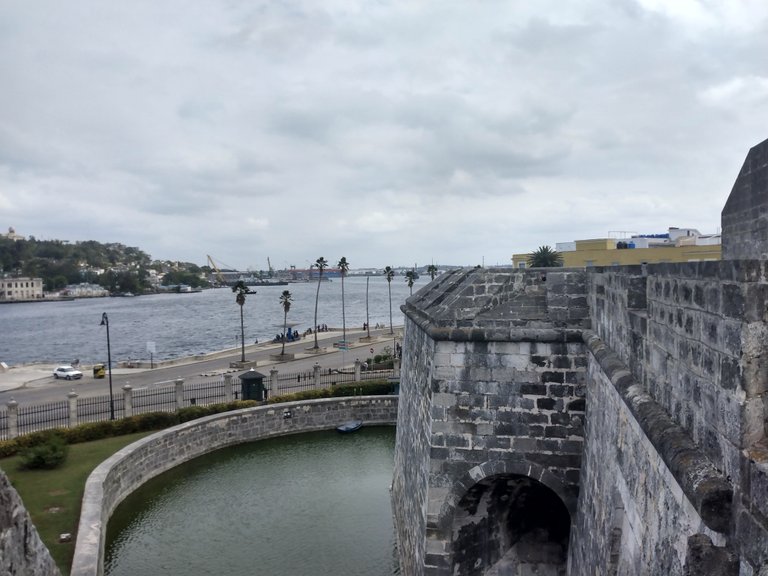
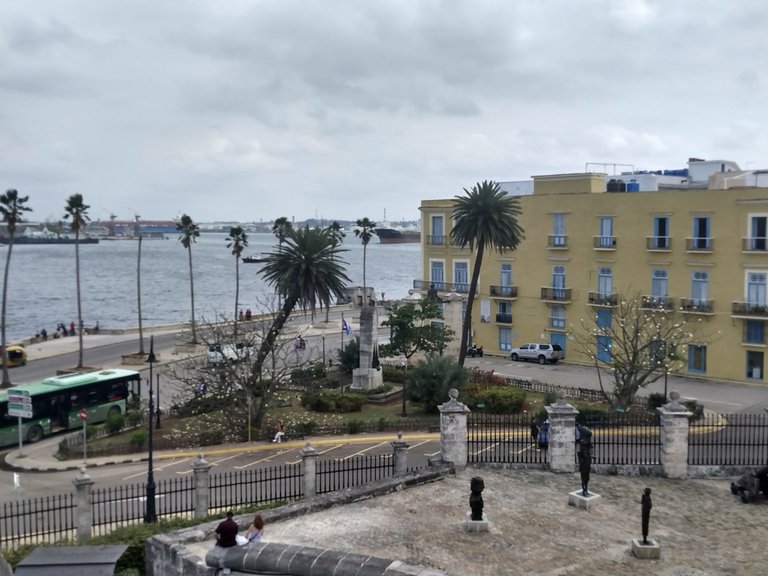
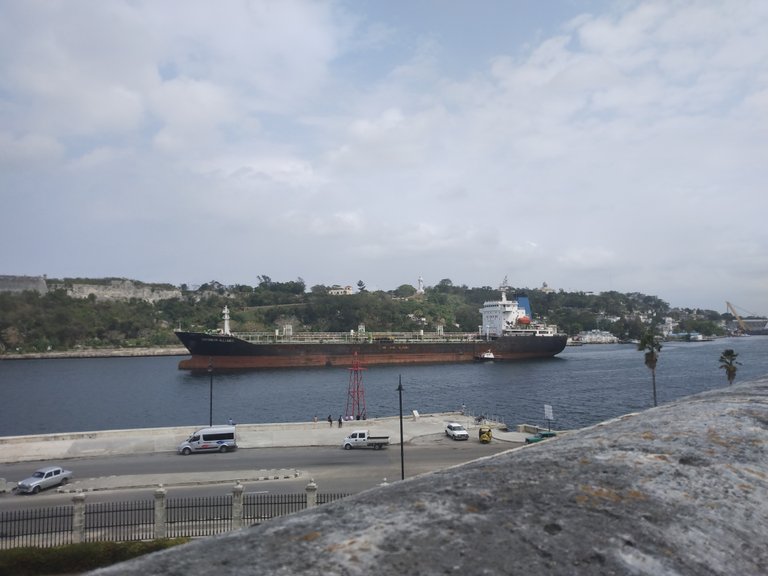
All photos are mine, taken with my Moto g play (2021) mobile phone.
Translated at DeepL.
Versión en español
Hola viajeros. En esta ocasión les invito conocer el Castillo de la Real Fuerza, ubicado en el casco histórico de la legendaria Habana, a un costado de la Plaza de Armas. Esta fortaleza constituye una de las infraestructuras que constituían el sistema defensivo de la ciudad en una época donde los ataques de piratas y corsarios estaban en boga. Esta construcción es considerada un destacado exponente de la arquitectura militar de los tiempos del dominio colonial español en la región caribeña. Su construcción se inició en 1558 bajo la dirección del ingeniero Bartolomé Sánchez y tuvo una duración de casi dos décadas. En 1762, cuando la toma de La Habana por el ejército inglés, dicha fortificación resistió el ataque a pesar de su emplazamiento más al interior del canal de entrada de la bahía. Desde entonces demostró su eficacia como uno de los centros organizativos de la defensa de la ciudad, convirtiéndola junto al Castillo del Morro en uno de los principales baluartes en aquella batalla. Después de intensos trabajos de restauración en 2008 es inaugurado como museo atesorando valiosas piezas.
Desde el punto arquitectónico llama la atención por su simetría perfecta, lo cual era característico del renacimiento del siglo XVI. Visto en planta presenta la forma de un cuadrado dividido en nueve partes iguales que rematan cuatro bastiones, en su interior contempla un patio interior. Estos cuatro bastiones eran los puntos de vigilia y de ataque también. Me llamó la atención el espesor de los bloques con que construyeron esta fortaleza, así como la perfección de los cortes y como encajan perfectamente unos con otros. La construcción se encuentra rodeada por un foso lleno de agua marina y su acceso se realiza por medio de puentes de madera, lo cual era un sistema estratégico ante el posible ataque de tropas enemigas.
Maqueta que muestra al visitante la disposición general del castillo.
Ya dentro lo primero que vemos es una estatua de la Giraldilla y una campana, ambos de bronce. La Giraldilla constituye uno de los símbolos más representativos de La Habana, y el más antiguo. Fue mandada a fundir por el escultor habanero Jerónimo M. Pinzón por el gobernador Juan Bitrián de Viamontes, entre los años 1630 y 1634. En sus inicios esta escultura coronaba la torre de la fortaleza (conocida como Torre-Campanario), pero en 1926 la ciudad fue azotada por un poderoso huracán que la arrancó de su pedestal. La que se observa ahora en la torre del castillo es una réplica.
Justo al lado de la Giraldilla se encuentra una campana de bronce que se encontraba en la citada torre y que data de 1644.
Acá tenemos también una colección de maquetas de barcos entre las que se destaca el navío de la Santísima Trinidad, botado al mar en el Real Astillero de La Habana en 1769 a la raíz de tal suceso era conocido además por el sobrenombre de ´´El Escorial de los Mares´´. Esta embarcación, en su momento fue el mayor navío de línea de la historia, y uno de los más controvertidos. Llegó a presentar 140 bocas de fuego.
También se encuentra la maqueta del buque insignia del Almirante Horacio Lord Nelson en la batalla de Trafalgar. Montaba 100 cañones en tres puentes y lo tripulaban alrededor de 850 hombres. Sufrió los estragos de la potente artillería del navío Santísima Trinidad mostrado anteriormente.
Maquetas de las tres carabelas de Cristóbal Colón. La Niña, La Pinta y La Santa María.
Otras piezas pertenecientes a los antiguos navíos.
Telescopios y binoculares, importantes instrumentos para la orientación en alta mar.
Los principales instrumentos de la cabina de mando.
Adorno de cubierta de un barco, representando un loro, realizado en madera y datado en el siglo XVIII.
En otras de sus salas se conservan los materiales que usaron la población aborigen para construir sus embarcaciones, la reconocida ´´Canoa´´, confeccionada a partir del tronco de un árbol. Sus dimensiones variaban en correspondencia con el tamaño del árbol derribado. El tronco era excavado con instrumentos rústicos como hachas petaloides líticas y gubias de conchas, luego se quemaba y machacaban las fibras de madera.
Hachas petaloides líticas y gubias de conchas.
Canoa
Como amante de los minerales y las piedras me interesó mucho conocer el uso que se daba a ciertos minerales y rocas como los fragmentos de cuarzo (piedras de chispa) que se colocaban en las armas para producir la chispa del disparo.
También se conservan tubos de pipas de fumar hechas de caolín.
Colección de balas de cañón hechas con rocas. Siglo XVII.
Colección de balas de cañón.
Pieza de bala que muestra su estructura interna.
Conjunto de mortero cilíndrico y cañón de 14 pulgadas a escala 1/16.
Morrión, o casco de hierro usado por los soldados españoles.
Ballesta.
En lo alto del castillo hay una hermosa panorámica del canal de entrada y del interior de la bahía de La Habana.
Y con estas vistas damos por concluido nuestro recorrido virtual por este interesante sitio, no sin antes instarle a que lo visite en algún momento. Muchas gracias por su tiempo y nos vemos en el próximo recorrido desentrañando las bellezas de la capital cubana. Un cordial saludo.
Todas las fotos son mías, tomadas con mi teléfono móvil Moto g play (2021).
Traducido en DeepL.
You can check out this post and your own profile on the map. Be part of the Worldmappin Community and join our Discord Channel to get in touch with other travelers, ask questions or just be updated on our latest features.
Thanks Worldmappin
What a beautiful place, you managed to visit it ♥️🙏
Thanks for your comment. Yes it's great.
Top article @reneyasmany friend!
!discovery 30
!PIZZA
Oh, thanks for your comment and support
This post was shared and voted inside the discord by the curators team of discovery-it
Join our Community and follow our Curation Trail
Discovery-it is also a Witness, vote for us here
Delegate to us for passive income. Check our 80% fee-back Program
I love old castles this one it's so enchanted what a big and strong fortress!!! Seems a got place !!🔥🔥
Yes, you're right. Visiting a castle is an incredible experience. It's like traveling to another time.
Travel Digest #2481.
Become part of our travel community:
- Join our Discord
Hiya, @lizanomadsoul here, just swinging by to let you know that this post made it into our Top 3 in Your post has been manually curated by the @worldmappin team. If you like what we're doing, please drop by to check out all the rest of today's great posts and consider supporting other authors like yourself and us so we can keep the project going!I thoroughly enjoyed reading your content. The architectural beauty and the rich cultural heritage truly brought the fortress to life.
Yes, you are right. It's beautiful. Thanks for your comment.
You're welcome 😍
La Habana es bella mucho más las edificaciones coloniales. Gracias por compartir con los usuarios de Hive.
Así es amigo. Me alegra que le haya gustado. Muchas gracias por su comentario
En verdad muchos han hablado del Castillo de la Real fuerza, sin embargo haz encontrado la manera de que quien llega a tu post se quede y lea hasta el final. Excelente
Hola. Me alegra mucho eso que dices. Que bueno que le haya agradado. Muchas gracias por su comentario. Saludos
que buen castillo! un saludo desde argentina!
Hola, me alegra que le haya gustado. Saludos desde La Habana.
La arquitectura de aquellos años este una belleza inusitada.
Gracias 📍
Así es amigo. A pesar de que en esa época no existía el desarrollo tecnológico de ahora.
🤝
Congratulations @reneyasmany! You have completed the following achievement on the Hive blockchain And have been rewarded with New badge(s)
Your next target is to reach 800 comments.
You can view your badges on your board and compare yourself to others in the Ranking
If you no longer want to receive notifications, reply to this comment with the word
STOPCheck out our last posts: